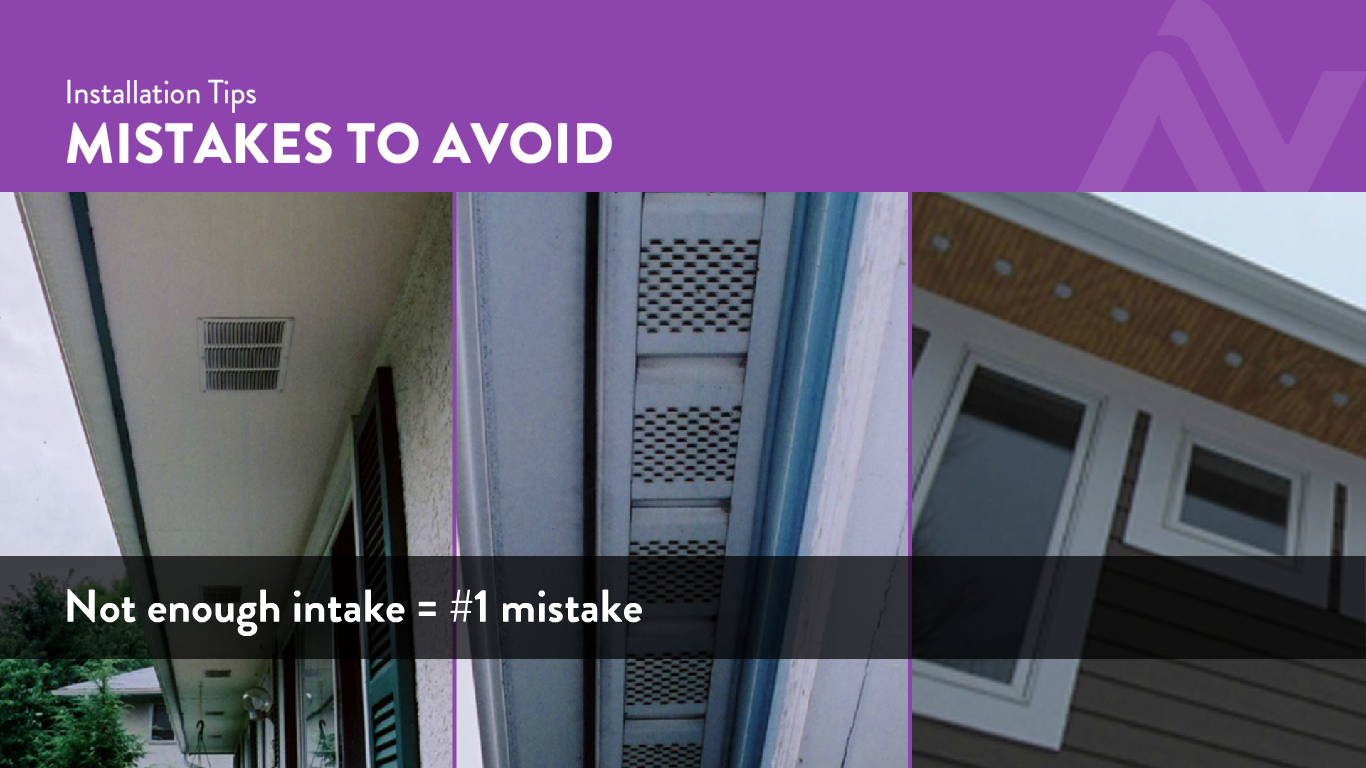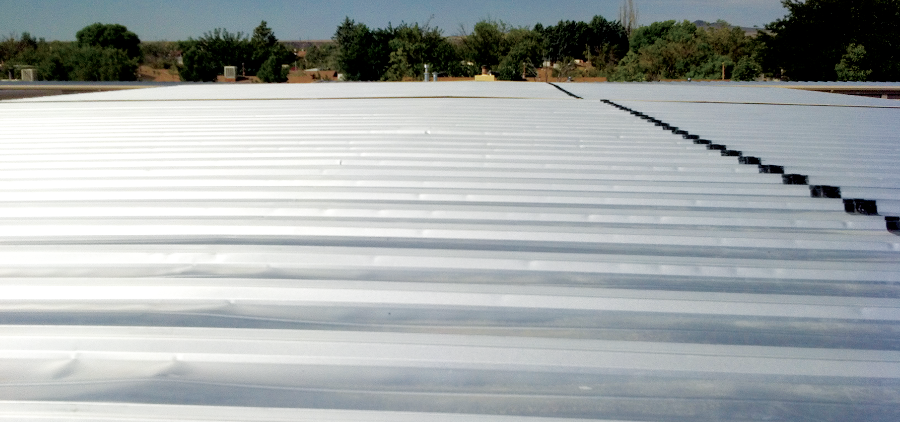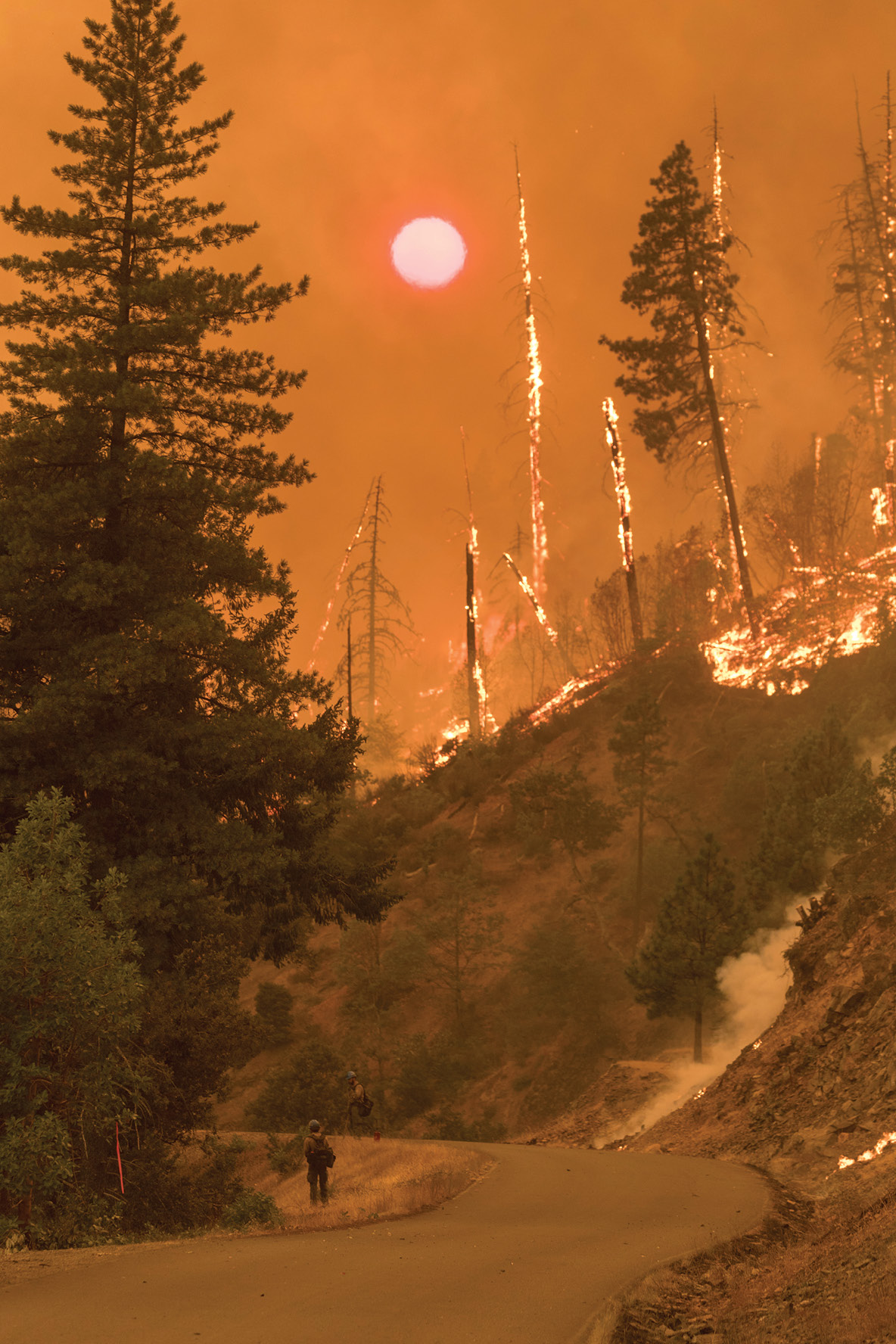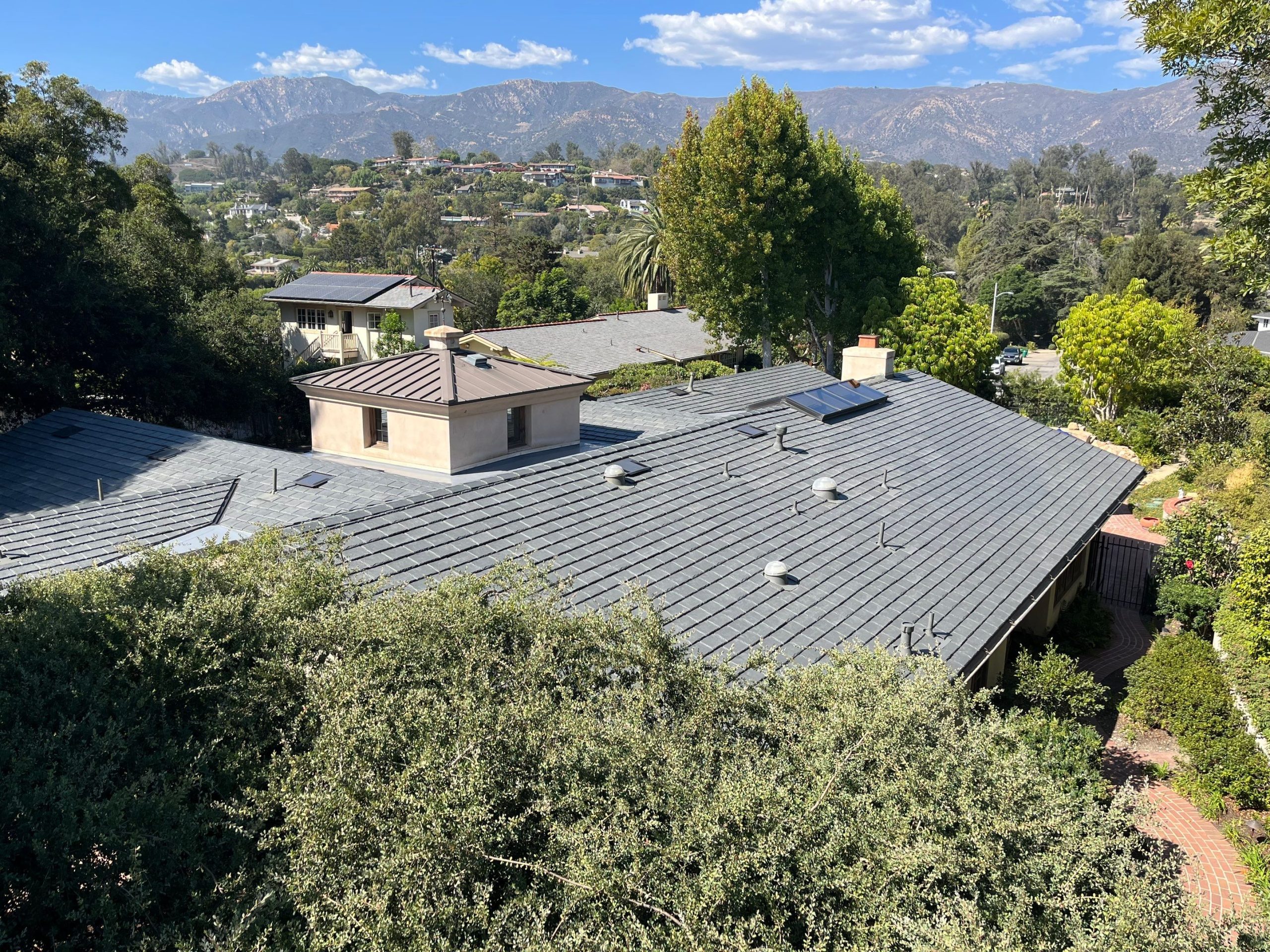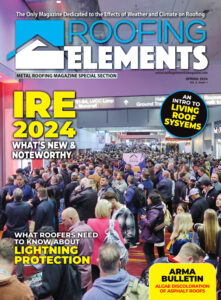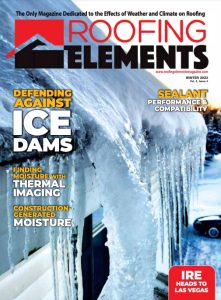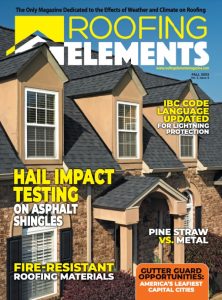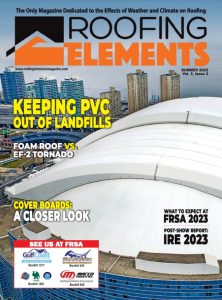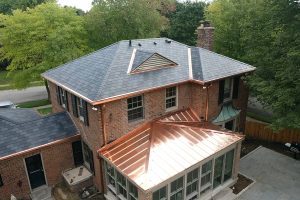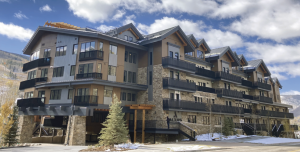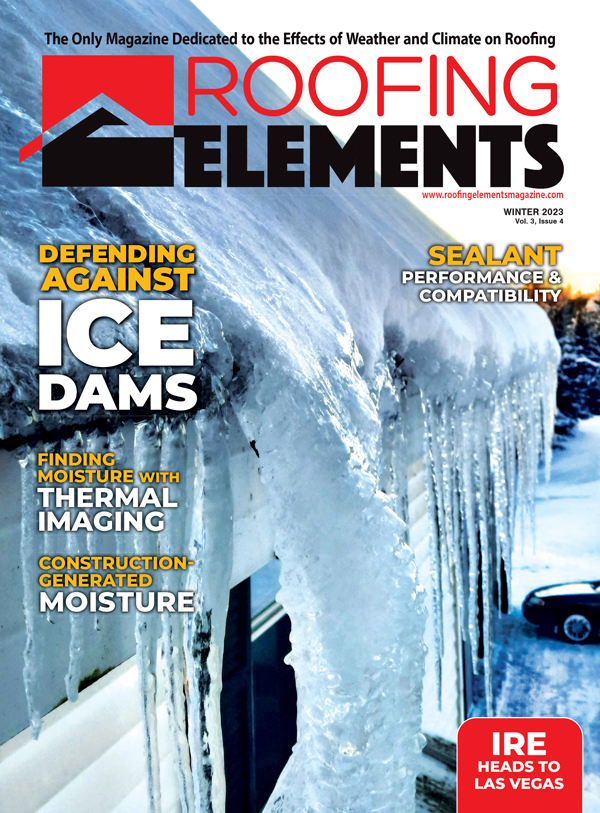Commonly found terms when researching fire-resistant materials:
Combustible: This refers to the performance of a material when in contact with a fire source—materials labeled as combustible will easily ignite and burn. Unfortunately for wildfire areas, a large majority of common construction materials are very combustible (wood, some composites, and plastic materials).
Non-Combustible: On the opposite end of the spectrum, non-combustible materials will not ignite or burn when in contact with a fire source—that is, under specified conditions (i.e., those used in testing). There are various ASTM standards that determine if a material is deemed non-combustible.
Ignition-Resistant: While not fully “non-combustible,” some materials are labeled as ignition-resistant. The California Building Code has defined ignition-resistant materials as those meeting a minimum flame spread rating after being subjected to a specified wetting-drying weathering cycle. These materials can be expected to perform better in fire tests than combustible materials.
Fire-Resistant: While not “fireproof,” construction and roofing materials that are fire-resistant are ideal in wildfire areas. The Class rating tests determine how fire resistant a roof material is, with Class A being the most desirable. Fire resistance is also often used for an entire assembly (such as a roofing assembly), not just for a specific material.


